After a several weeks hiatus, this thread is revisiting the logistical disaster known as Operation Iceberg.
Specifically, it is looking at the planned versus executed beach clearance capability in the campaign.
1/

Specifically, it is looking at the planned versus executed beach clearance capability in the campaign.
1/


The opening tweet to this thread showed the "beach clearance standard narrative."
There was a lot more going on covering a much larger area of Okinawa and Ie Shima battle space.
The interactions between these beaches clearance supply capacity & operations is unexplored.
2/
There was a lot more going on covering a much larger area of Okinawa and Ie Shima battle space.
The interactions between these beaches clearance supply capacity & operations is unexplored.
2/
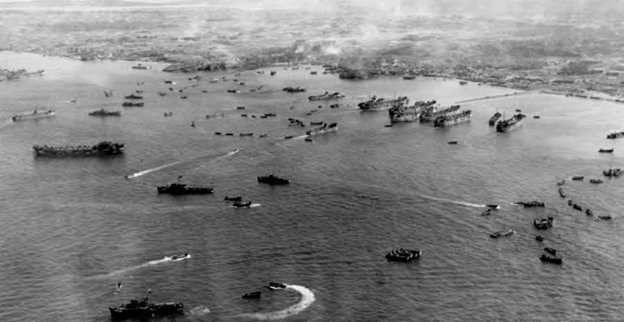
This map is a big part of the unexamined beach clearance narrative. It is the map of the operations of the US Army 1st Engineer Special Brigade. One of the very few ETO units that made the trip to the Pacific and fought there as well.
3/
3/

As I mentioned in an earlier thread, the planning assumptions of Iceberg were that the western port of Nada would fall by 30 April 1945 allowing the closure of the Hagushi Beach roadstead. This would allow Phase II combat ops to use beach lighterage .
4/
4/
https://twitter.com/TrentTelenko/status/1387953270807740425
This didn't work out for a lot of reasons, starting with the decision by General Geiger of III Marine Amphibious Corps to dash across Okinawa to the East coast.
5/

5/
https://twitter.com/TrentTelenko/status/1382884655645413377
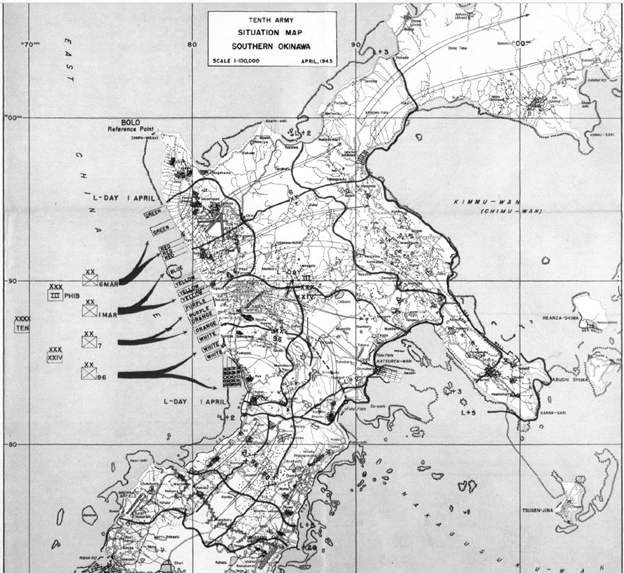
And how that action -- which "put them 11 days ahead of plan" -- left the Hagushi beach head uncovered with land-based AA guns to the North East for Kamikaze's to flow in on 6 April 1945.
6/
6/
https://twitter.com/TrentTelenko/status/1382884701686300672
Followed by a friendly fire disaster that ravaged the fuel unloading infrastructure for Yontan & Kadena air fields. The huge Kikusui (“Floating Chrysanthemums”) Operation No. 1 on 6-7 Apr 1945...
7/
7/
https://twitter.com/TrentTelenko/status/1386899233672994817
...resulted in an operational decision to accelerate Phase II operation Northern Okinawa & Ie Shima for radar & airfield sites respectively.
This hit beach unloading capacity, hard, as the USMC III Amph. Corps removed it's vehicles supporting beach clearance to head North.
8/
This hit beach unloading capacity, hard, as the USMC III Amph. Corps removed it's vehicles supporting beach clearance to head North.
8/
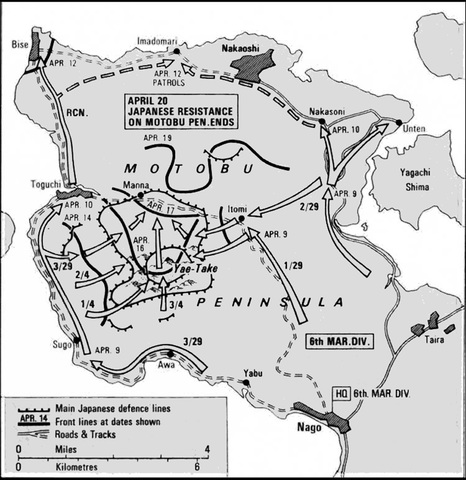
Unit for unit USMC units had less vehicles than the US Army. The 6th Marine Division's 55 mile run to the north required a new beach head at Nago village on the Motubu peninsula. Maj. Gen. Lemuel C. Shepherd, Jr. had to post his HQ there to know his daily logistical status.
9/

9/
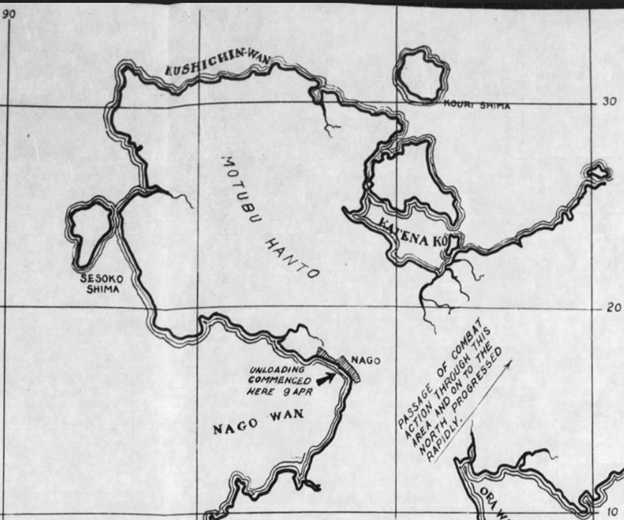

The Nago beach head was kept open until early May 1945 supporting 6th Mar. Div. operations in eliminating IJA Colonel Takehiko Udo's reinforced 2nd Btn, 44th Independent Mixed Brigade at Yae-Take.
The problem was that Gen Shepherd wore out his supporting LVT's going this.
10/

The problem was that Gen Shepherd wore out his supporting LVT's going this.
10/
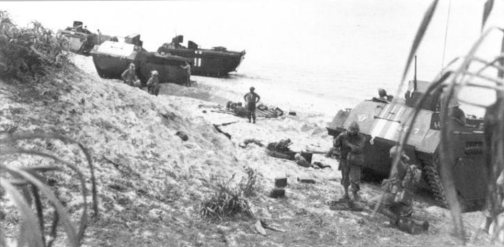
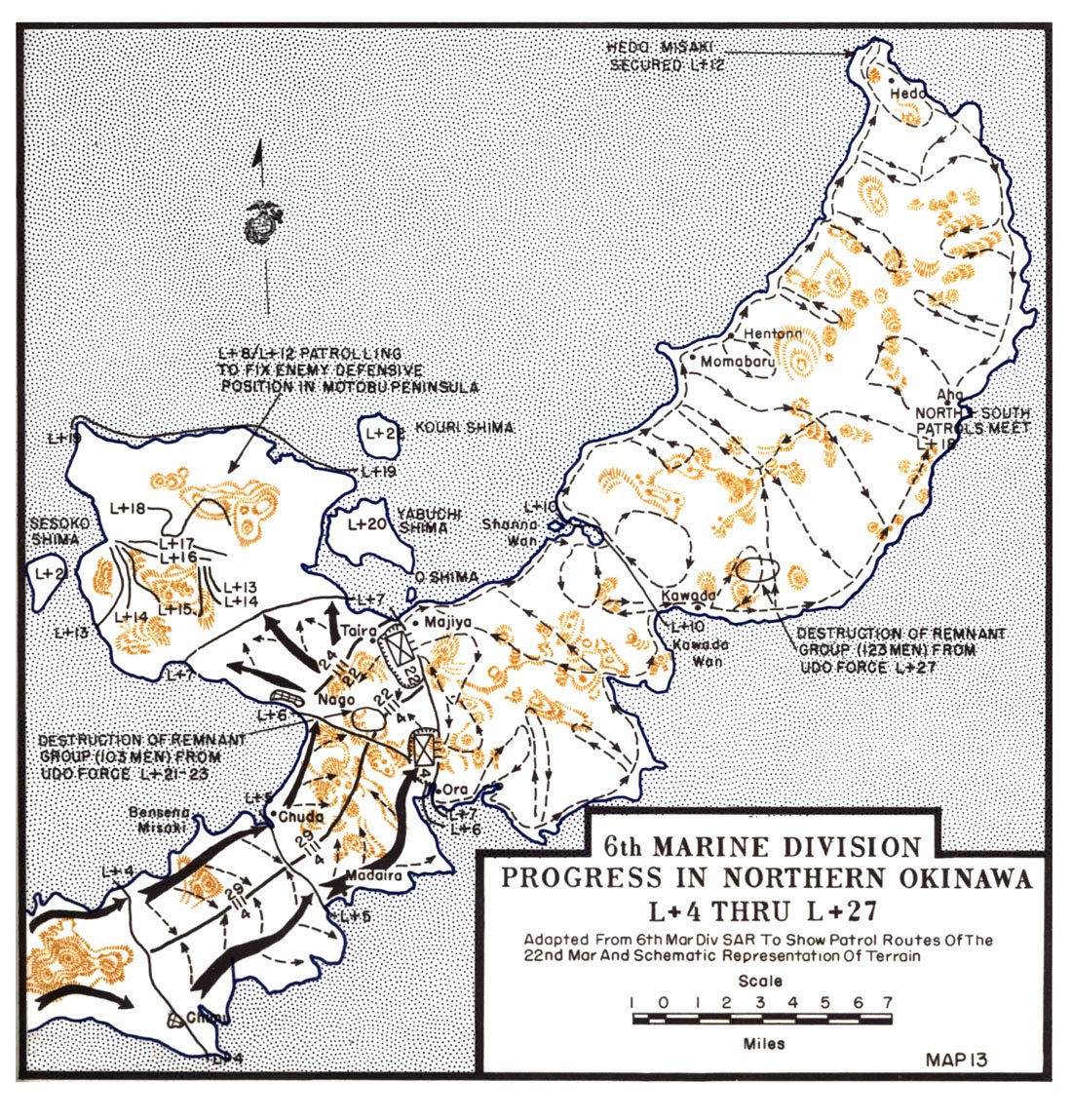
LVT's in WW2 were wasting assets. The tracks lasted about 100 miles on land, plus transmissions wore out quickly as they were overloaded & underpowered.
They were good for about 100-120 miles on land before their powertrain was automotive junk needing deep overhaul.
11/
They were good for about 100-120 miles on land before their powertrain was automotive junk needing deep overhaul.
11/
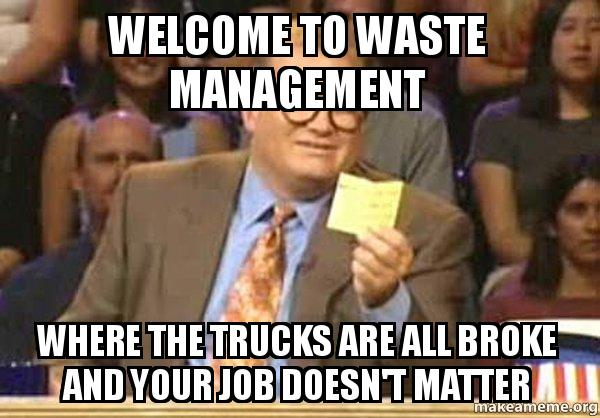
Okinawa was the 1st operation for USMC LVT-3's. The dash to the north on the ground was not in the original Iceberg plan.
A two-division amphibious landing was supposed to accomplish this. That the shipping to do this would not be available wasn't known until Feb 1945.
12/

A two-division amphibious landing was supposed to accomplish this. That the shipping to do this would not be available wasn't known until Feb 1945.
12/


These late changing plans -- & the lack of USMC/USN staff officers due to the actions of Gen Oliver P. Smith in removing them -- meant the USMC LVT-3's simply lacked the enough spare parts.
See Note 26 from Victory & Occupation Chapter II-9 (photo)
12/

See Note 26 from Victory & Occupation Chapter II-9 (photo)
12/
https://twitter.com/TrentTelenko/status/1382535088043225098

Given 200 of the 461 USMC LVT-3's were sidelined by a lack of spares from over use in Apr 1945.
The USMC idea of a end around invasion at Minatoga a' la landing plan Baker was a "blame the dead guy for not executing an option your decisions made impossible" pipe dream.
13/


The USMC idea of a end around invasion at Minatoga a' la landing plan Baker was a "blame the dead guy for not executing an option your decisions made impossible" pipe dream.
13/
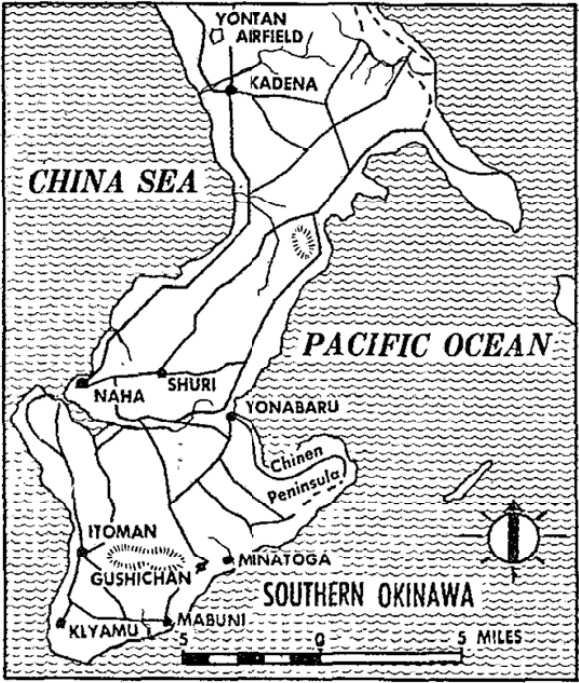
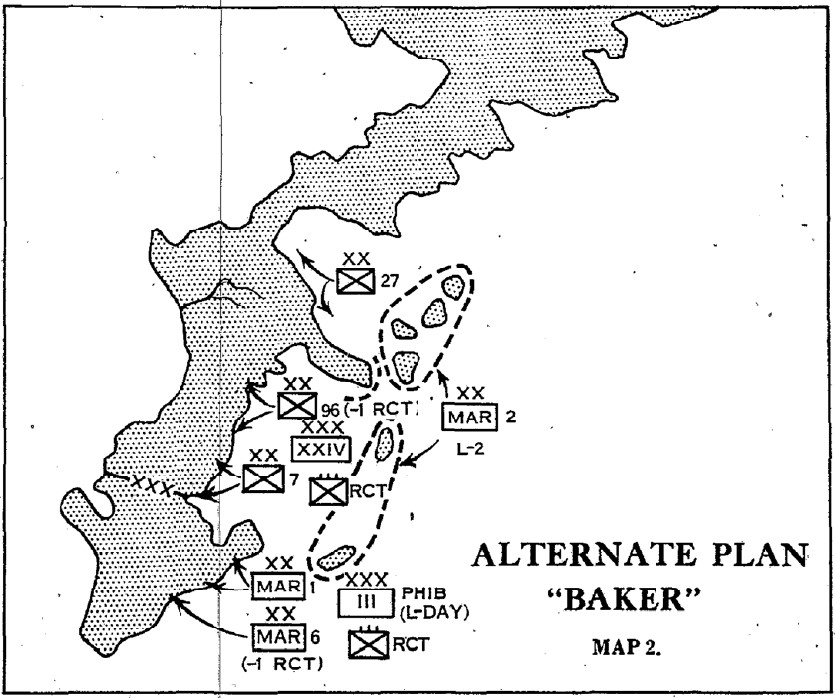
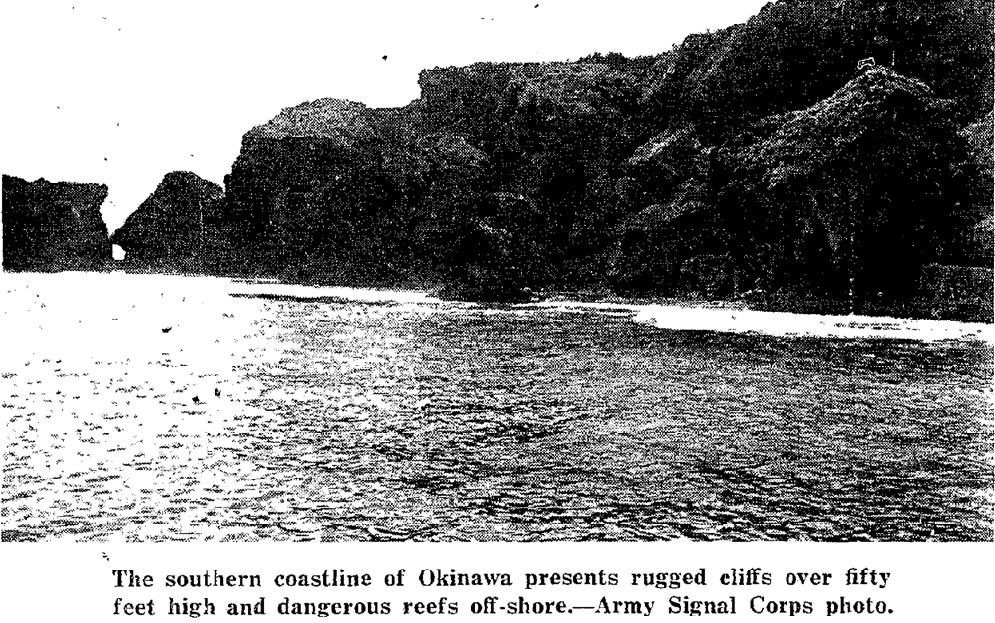
The upshot of the burn out of the 6th Mar. Div. burn out of their LVT-3's was the need to place additional beach heads at the Machinato & Asa Gawa inlets on 19 & 26 May respectively to deliver artillery ammunition, fuel & food to USMC units.
14/
14/

The manpower to do this came from two decisions. The first was to close down the northern (USMC) landing beaches at the Hagushi roadstead.
The second came as a result a May 16th decision by General Buckner regards the onloading of US Army Victory class ammunition ships.
15/
The second came as a result a May 16th decision by General Buckner regards the onloading of US Army Victory class ammunition ships.
15/
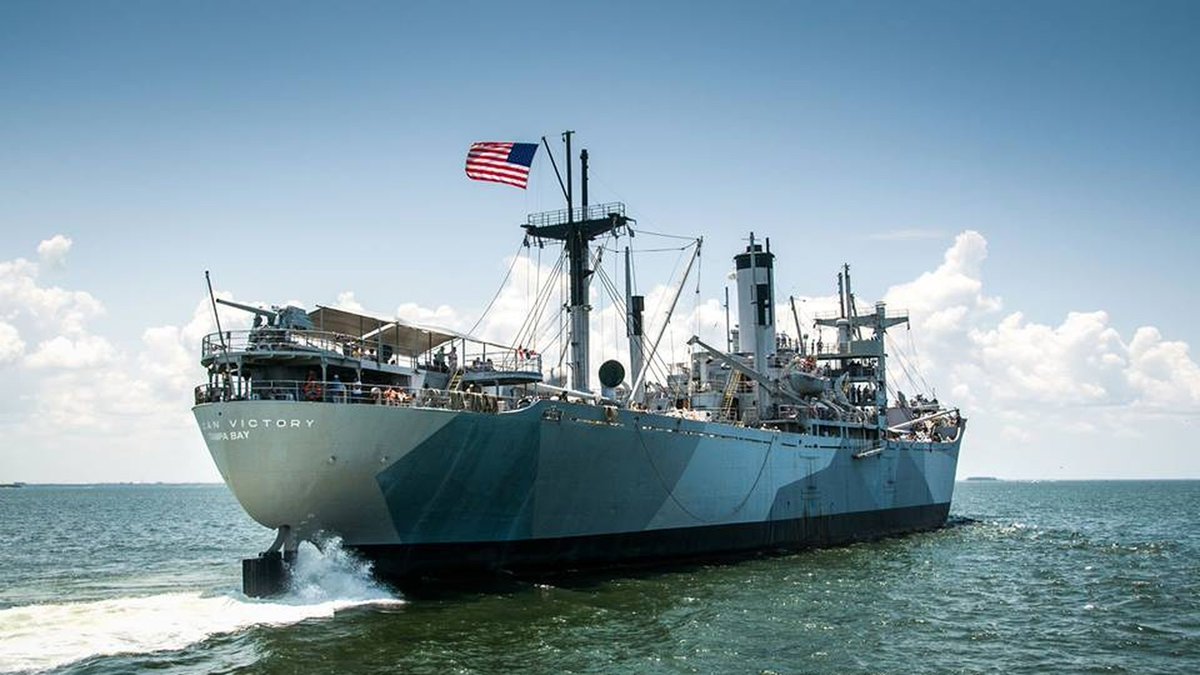
All artillery ammunition for ground forces at Okinawa would be unloaded in the Marianas and transshipped to LST's to land over Okinawa beaches.
Essentially Gen. Buckner, with Adm. Nimitz's support, was stealing beach clearance capability from the 20th Army Air Force to
16/

Essentially Gen. Buckner, with Adm. Nimitz's support, was stealing beach clearance capability from the 20th Army Air Force to
16/
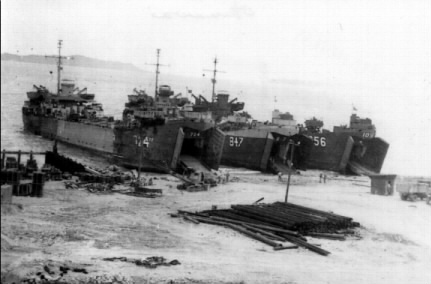
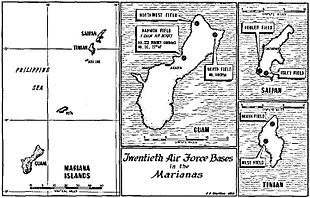
...to support his troops on Okinawa.
That this started impact Gen LeMay's B-29 force the week after the 20th AF stopped dropping bombs on Kyushu Kamikaze bases was no accident.
The 2015 paper by Evan Isaac - "Operation ICEBERG: How the Strategic Influenced the Tactics
17/

That this started impact Gen LeMay's B-29 force the week after the 20th AF stopped dropping bombs on Kyushu Kamikaze bases was no accident.
The 2015 paper by Evan Isaac - "Operation ICEBERG: How the Strategic Influenced the Tactics
17/
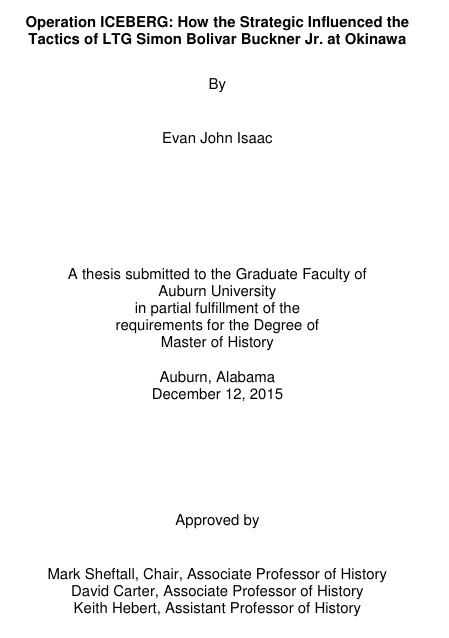
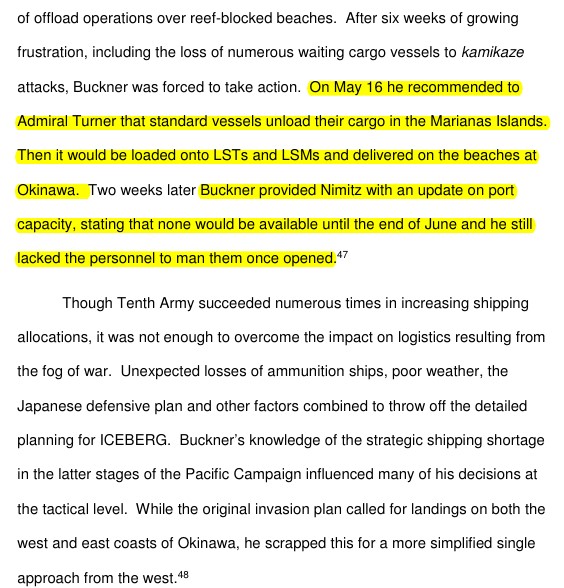
...of LTG Simon Bolivar Buckner Jr. at Okinawa" is the 'go to' of modern academic scholarship on General Buckner's logistical nightmares during the planning & execution of Operation Iceberg.
See link:
etd.auburn.edu/bitstream/hand…
18/
See link:
etd.auburn.edu/bitstream/hand…
18/
That the US Navy SOPA (Senior Officer Present Afloat) would protected a USN amphibious combatants carrying US Army Artillery ammunition at Okinawa anchorages...but not merchant crewed Victory ships...was also 'not an accident.'
It was central to Buckner's May 16th decision.
19/


It was central to Buckner's May 16th decision.
19/
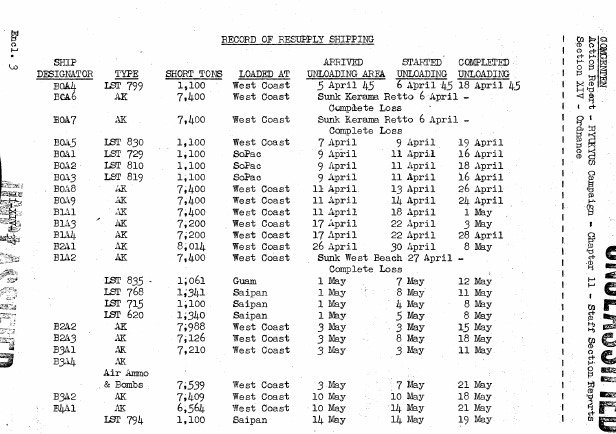
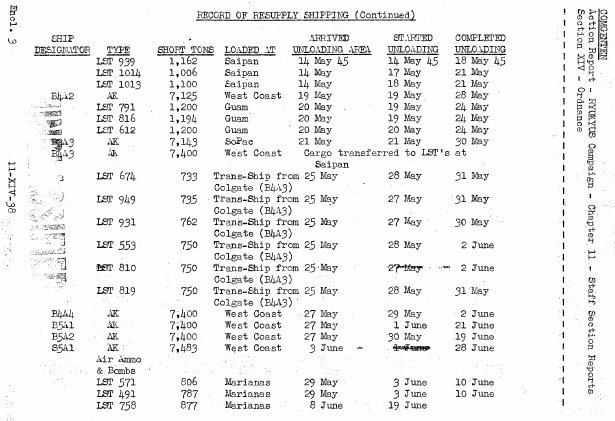
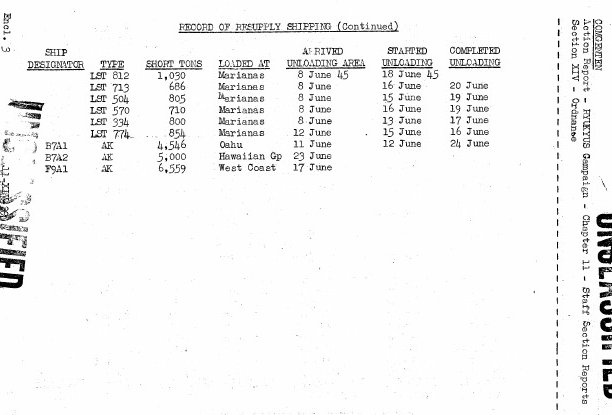
US Navy SOPA protected its AE, AKE & LST ships with Navy ammo at Okinawa.
US Army ammo ships SS Logan Victory and SS Hobbs Victory (photo) on 6 Apr 1945 plus SS Canada Victory on 27 Apr 1945 were all "cargos doomed to boom" if given to USN protection.
20/
kamikazeimages.net/stories/hobbsv…


US Army ammo ships SS Logan Victory and SS Hobbs Victory (photo) on 6 Apr 1945 plus SS Canada Victory on 27 Apr 1945 were all "cargos doomed to boom" if given to USN protection.
20/
kamikazeimages.net/stories/hobbsv…
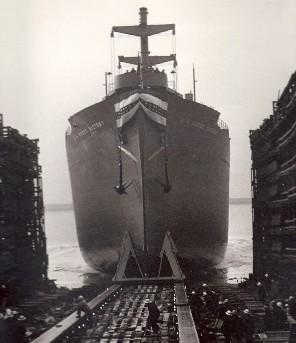
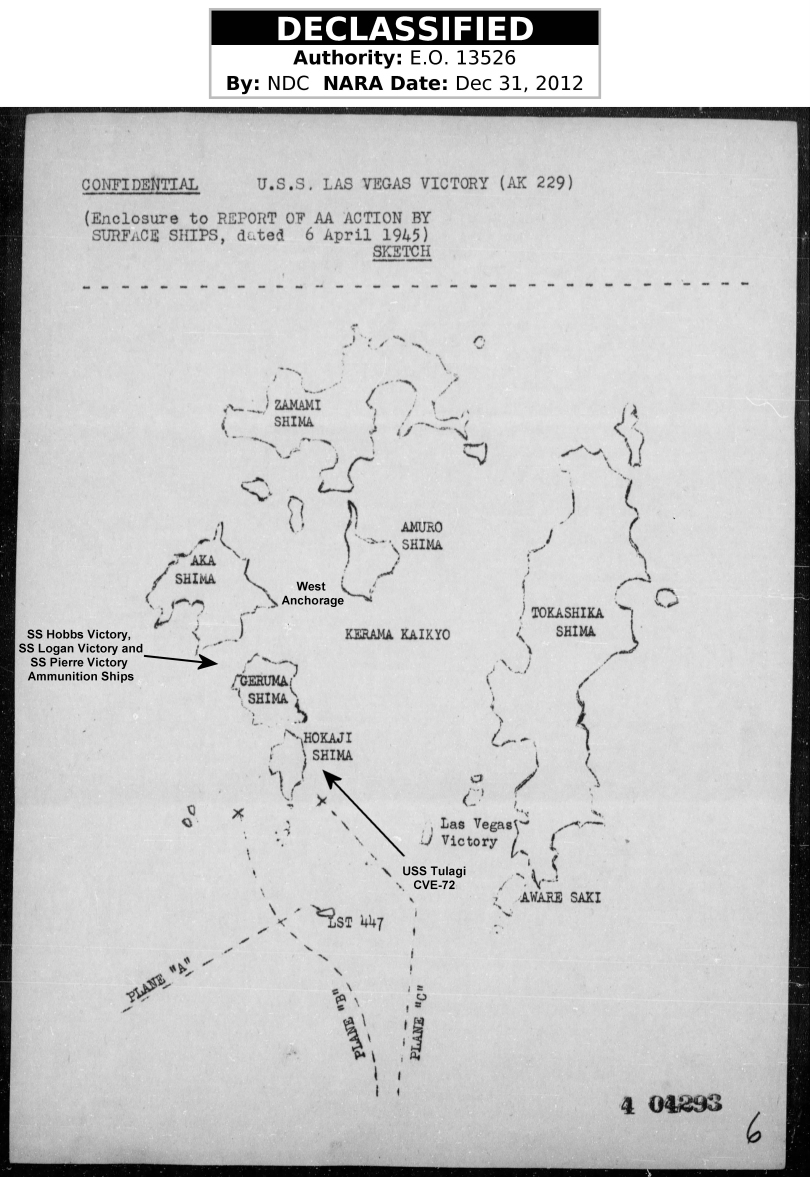
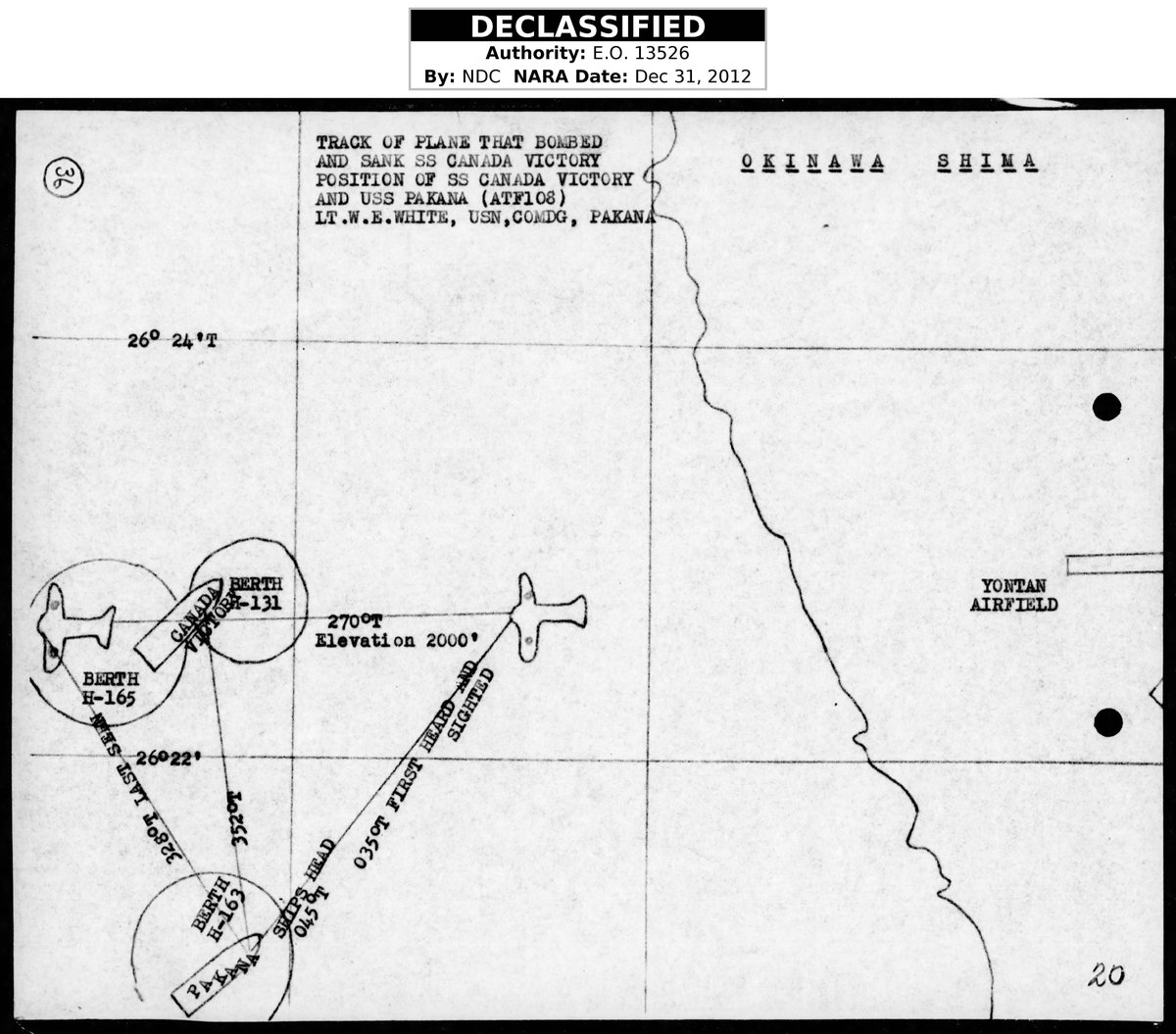
The US Army only called forward SS Berea Victory with Army artillery shells on May 27th when they had a XXIVth Corps ammo control point at Yonabaru to unload and protect her at, rather than at the beach at Nakagusuku Bay the USN SOPA controlled.
21/
wikiwand.com/en/SS_Berea_Vi…

21/
wikiwand.com/en/SS_Berea_Vi…


It is a military truism that "no plan survived contact with the enemy."
It wasn't Gen. Buckner's enemies, as this pre-invasion Tenth Army planning document shows, who destroyed his beach clearance capability at Okinawa.
It was the actions of his USMC & USN allies.
/END
It wasn't Gen. Buckner's enemies, as this pre-invasion Tenth Army planning document shows, who destroyed his beach clearance capability at Okinawa.
It was the actions of his USMC & USN allies.
/END

• • •
Missing some Tweet in this thread? You can try to
force a refresh







